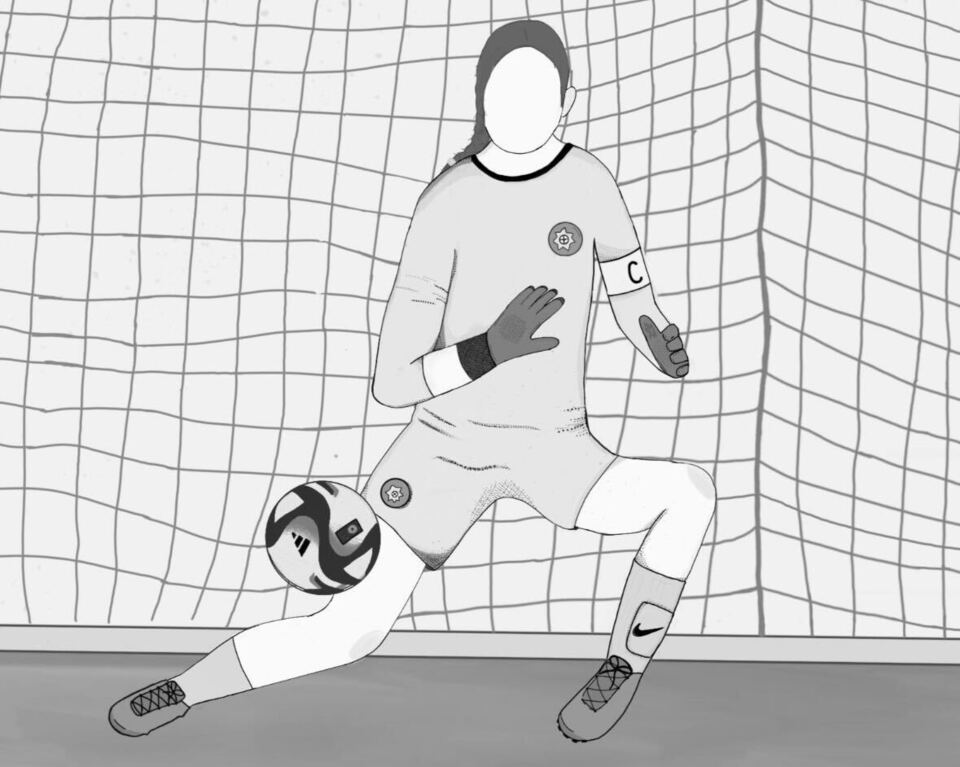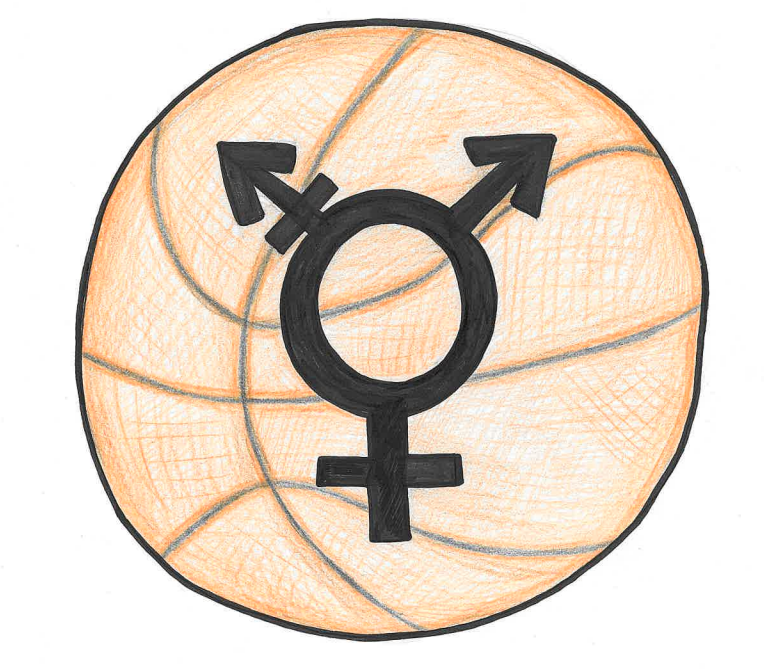Co-hosted by Australia and New Zealand, the Women’s World Cup brought the world together in unprecedented ways, running from July 20 to August 20. Eight countries made their debut, including Haiti, Morocco, Vietnam, Panama, Portugal, the Republic of Ireland and the Philippines. Morocco moved past the knockout stage — eight groupings of four teams — to play France in the 16-team bracket.
“Everyone was expecting the United States to win considering their past performances in the World Cup and the stars that they have in their team,” Columbia Heights High School (CHHS) girls’ varsity soccer captain Mya Sinchi Sanchez (12) said. “It came as a shock that the United States got eliminated so early to Sweden in the round of 16, I expected so much more from them.”
The Women’s World Cup has occurred every four years since 1980 and has been hosted in numerous countries. A notable past winner is Germany, who won the cup in 2003 and 2007, making it one of two teams that hold multiple victories under their belt. The other team that has multiple historic victories is the United States, who won in 1991, 1999, 2015 and 2019.
The U.S. has maintained a semifinals ranking for every World Cup. This greatly exceeds the American Men’s World Cup record, by the way, which has never placed higher than eighth ever since their third-place finish in the inaugural World Cup of 1930.
This year’s Cup came with disappointing results for the aforementioned teams as they both were knocked out early: Germany was knocked out in the group stage after a 1-1 draw with South Korea, the earliest in Germany’s history. This lowered their previously held second-place FIFA ranking to a measly sixth. Similarly, the United States was knocked out in the round of sixteen after a 0-0 draw with Sweden; this was the first time they have failed to qualify for the semi-finals. This ended up dropping their first-place ranking to third.
This World Cup has smashed multiple records, both in regards to the host countries and all-time FIFA records. The sixty-four games boasted a total attendance of 1,977,824, which overthrew the past attendance record set in Canada in 2015 with 1,353,506 in attendance. The televised semi-final game of Australia vs. England peaked at 11.15 million viewers, making it the most watched sporting match in Australian history. The record for the youngest player to participate in the World Cup for both men’s or women’s events was also beaten — by only eight days! — as Casey Phair was substituted in for South Korea at 16 years and 26 days old.
The semi-finals were made up of the teams of Australia vs. England and Spain vs. Sweden, none of which had ever won the tournament before. Spain vs. Sweden played first; the first half was tense with lively attempts to score, but both teams failed to earn any goals, and the latter-half began similarly. The initial 30 minutes was full of trading possession until in the 81st minute where Salma Paralluelo scored a goal for Spain. The next nine minutes was a quick possession of a goal for each side (2-1) before entering a fruitless seven minutes of overtime, ending with Spain declared victorious.
England versus Australia played the next day, and England scored a goal in the first-half (1-0). After half-time, the Australian team leveled the score (1-1) in the 63rd minute, but England quickly amassed two goals in the 71st and 86th minutes making a final score of 3-1, which knocked Australia from the tournament.
The final match for the title was England versus Spain. Overall, it kept most of the audience on the edge of their seats, with a significant number of attempts on each side. In the 29th minute, Olga Carmona of Spain landed the only goal of the match. The second-half was a stalemate, as both teams made valiant attempts for goals but neither was successful. The 15 minutes of awarded overtime was full of possession-trading and fruitless attempts for goals. This lack of goals secured the win for Spain — the first World Cup title for the nation!
The individual recognitions were awarded across a variety of teams. The golden boot, or rather the player with the most goals, was awarded to Miyazawa Hinata of Japan with five goals and an assist under her belt. The Ballon d’Or (or Golden Ball) for the best overall player was awarded to midfielder Aitana Bonmati of Spain, who scored three goals and two assists. The Golden Glove, or the best goalkeeper, was awarded to Mary Earps of England who only allowed four goals in the entirety of her team’s seven matches. The Young Player Award — the top player aged twenty-one or younger — was given to 19-year-old Salma Paralluelo of Spain. The collection of votes for the Puskás award, or simply the best goal, as voted by fans from FIFA games in 2023 concluded on October 6, three of the eleven goals that were voted upon had originated from the Women’s World Cup, the results shall be announced in the Best FIFA Award ceremony in early 2024. The official location of the 2027 Women’s World Cup shall be announced in May 2024. The four contenders for the chance to host are: Brazil, South Africa, a coalition of Mexico and the United States, and a coalition of Belgium, Germany, and the Netherlands
“I am mostly looking [to] there [being] more exposure of the tournament,” Sinchi Sanchez said. “I hope more fans come out to see and support women soccer players.”
Needless to say, many talented individuals were recognized for their talent and played games that shocked many. The rise of viewership and recognition of women’s sports on such an international scale is such an amazing thing to see! The strides made in this tournament are just one aspect in the fight towards equal recognition of athletes regardless of gender.









